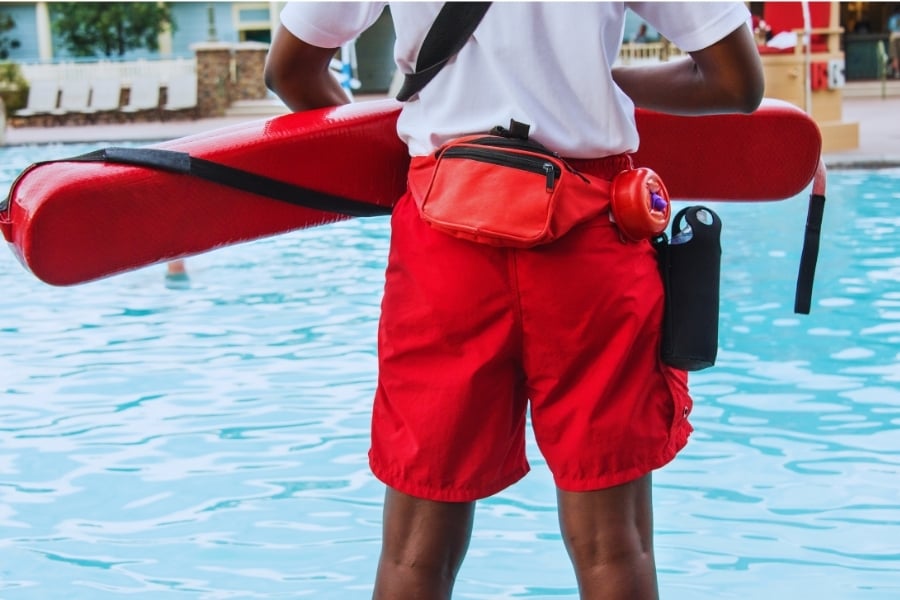Every aquatic director knows the routine: a whistle blast, a shout, maybe a button push or a frantic call over a walkie-talkie. But when seconds count, these outdated tools don't just fall short—they fail. And failure in aquatics safety isn't just inconvenient. It's catastrophic.
Whistles Don’t Detect Drowning
Drowning is silent. A child slips under, unnoticed, and time disappears. A whistle is reactive—used after someone sees a problem. But what if no one sees it? Relying on a whistle is like bringing a flashlight to a wildfire.
Buttons and Walkie-Talkies Assume Too Much
Emergency buttons and radios rely on human behavior under pressure. A lifeguard must:
- Notice a problem
- Recognize it as an emergency
- Decide to act
- Hit a button or grab a radio
That process can eat up 20+ critical seconds—or worse, never happen at all.
The Human Factor Is Unreliable
Fatigue. Distraction. Crowds. Even the best lifeguards miss things. And when the system relies entirely on humans noticing something, that system is broken.
WAVE Doesn’t Wait
WAVE doesn't need a whistle, a button, or a radio call. It detects when a swimmer is submerged too long—in real time. Lifeguards are alerted immediately, so they can act before tragedy strikes.
Time to Get Mad
We’ve accepted the same tools for decades, even as drowning remains the leading cause of death for young children. It's time to admit: whistles and radios aren’t enough. They're not even close.
Your facility might look safe. Your staff might be top-tier. But if you're still relying on the same tools as 1995, you're gambling with lives. WAVE is not a luxury. It's a revolution in aquatic safety. And it's long overdue.
Don’t wait until something happens to realize your tools weren’t enough. Click here to see how WAVE can transform your aquatic safety program.



